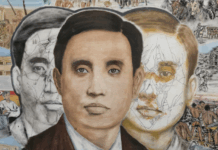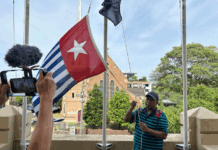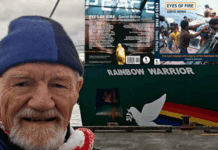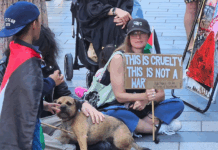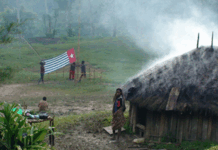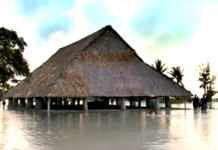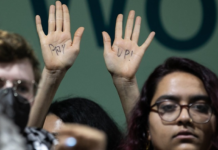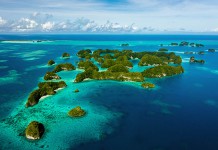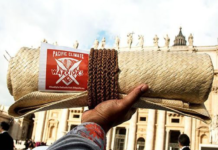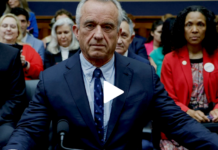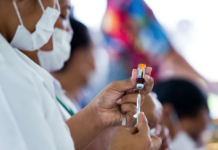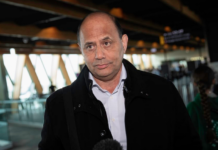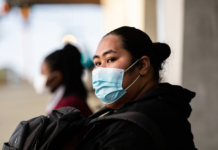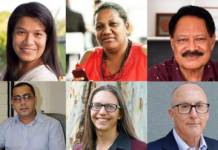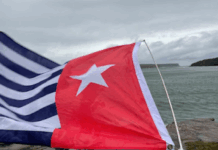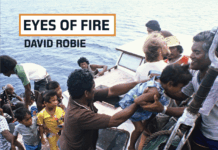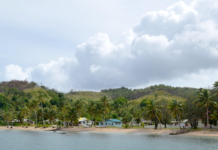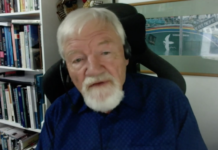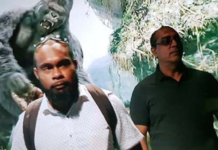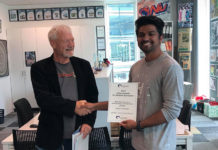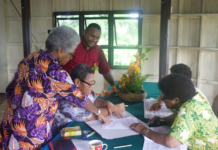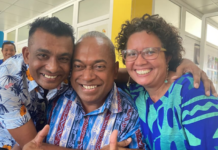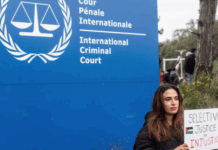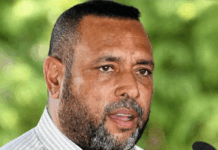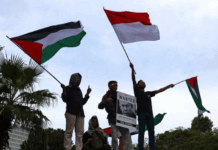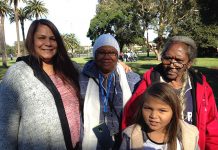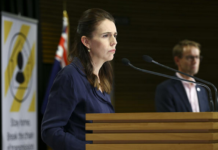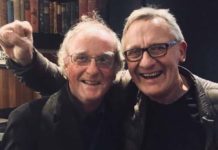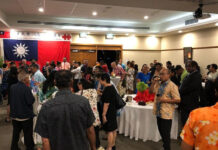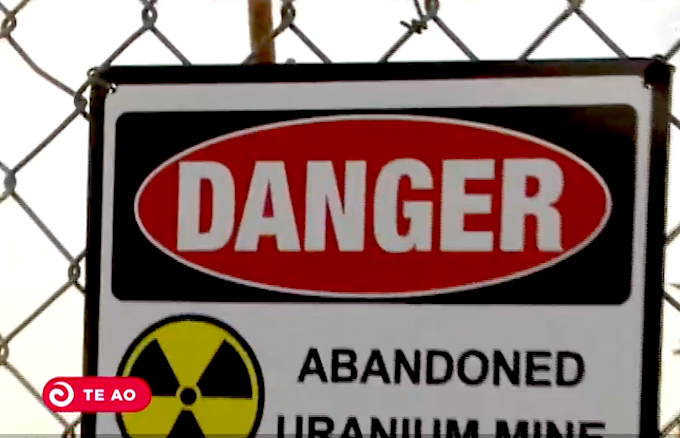
By Te Aniwaniwa Paterson of Te Ao Māori News
Eighty years after the United States dropped atomic bombs on Hiroshima and Nagasaki to end the Second World War, the threat of nuclear fallout remains.
Last Monday, the UN Human Rights Council issued a formal communication to the Japanese government regarding serious concerns raised by Pacific communities about the dumping of 1.3 million metric tonnes of treated Fukushima nuclear wastewater into the ocean over 30 years.
The council warned that the release could pose major environmental and human rights risks.
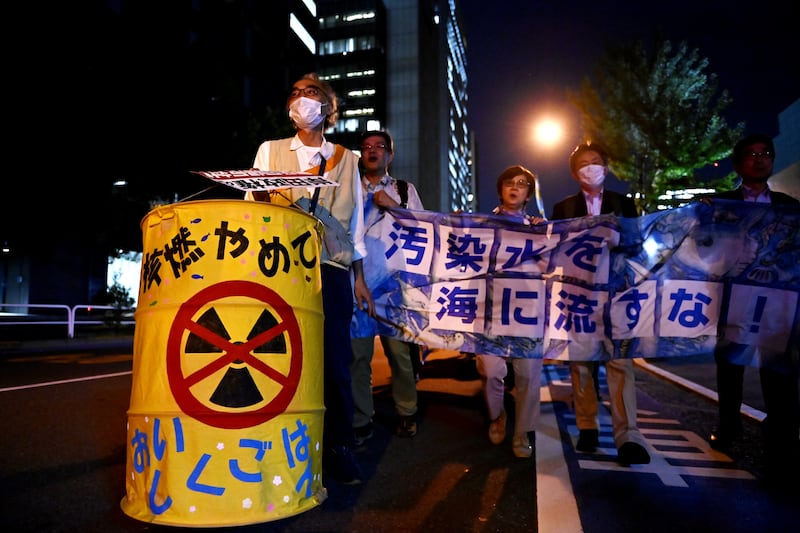
Te Ao Māori News spoke with Mari Inoue, a NYC-based lawyer originally from Japan and co-founder of the volunteer-led group The Manhattan Project for a Nuclear-Free World.
Recently, at the UN, they called for global awareness, not only about atomic bomb victims but also of the Fukushima wastewater release, and nuclear energy’s links to environmental destruction and human rights abuses.
Formed a year after the Fukushima nuclear disaster, the group takes its name from the original Manhattan Project — the secret Second World War US military programme that raced to develop the first atomic bomb before Nazi Germany.
A pivotal moment in that project was the Trinity Test on July 16, 1945, in New Mexico — the first successful detonation of an atomic bomb. One month later, nuclear weapons were dropped on Hiroshima and Nagasaki, killing an estimated 110,000 to 210,000 people.
Seeking recognition and justice
Although 80 years have passed, victims of these events continue to seek recognition and justice. The disarmament group hopes for stronger global unity around the Non-Proliferation Treaty, and more support for victims of nuclear exposure.
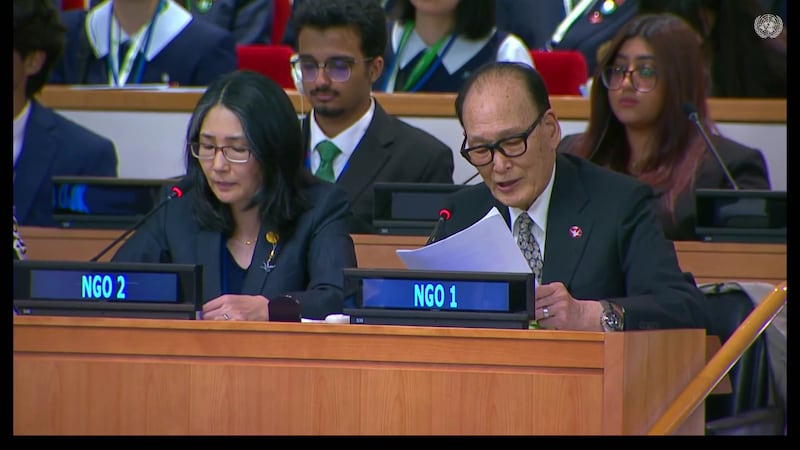
The anti-nuclear activists supported the Non-Proliferation Treaty (NPT), which seeks to prevent the spread of nuclear weapons. Their advocacy took place during the third and final preparatory committee for the 2026 NPT review conference, where a consensus report with recommendations from past sessions will be presented.
Inoue’s group called on the International Atomic Energy Agency (IAEA) to declare Japan’s dumping policy unsafe, and believes Japan and its G7 and EU allies should be condemned for supporting it.
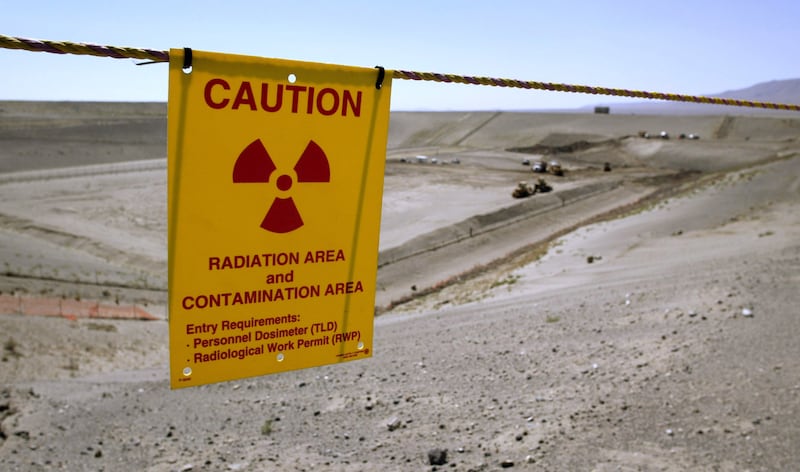
Nuclear energy for the green transition?
Amid calls to move away from fossil fuels, some argue that nuclear power could supply the zero-emission energy needed to combat climate change.
Inoue rejects this, saying that despite not emitting greenhouse gases like fossil fuels, nuclear energy still harms the environment.
She said there was environmental harm at all processes in the nuclear supply chain.
Beginning with uranium mining, predominantly contaminating indigenous lands and water sources, with studies showing those communities face increased cancer rates, sickness, and infant mortality. And other studies have shown increased health issues for residents near nuclear reactors.
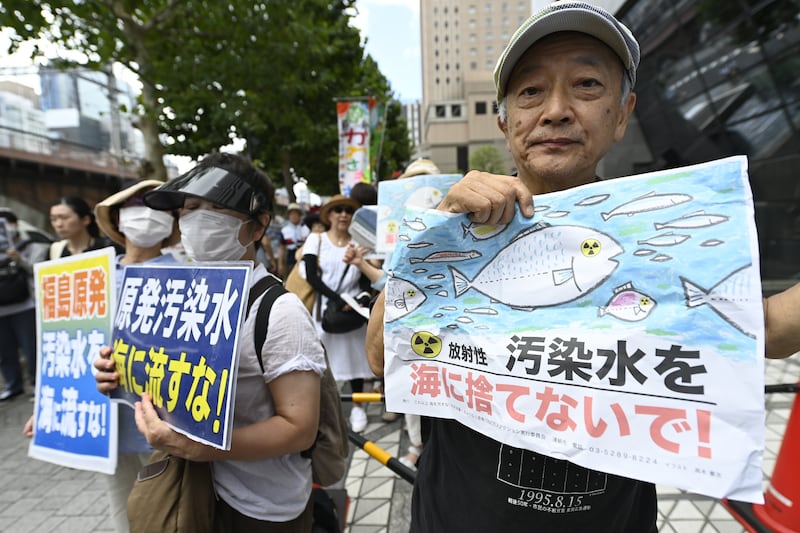
“Nuclear energy is not peaceful and it‘s not a solution to the climate crisis,” Inoue stressed. “Nuclear energy cannot function without exploiting peoples, their lands, and their resources.”
She also pointed out thermal pollution, where water heated during the nuclear plant cooling process is discharged into waterways, contributing to rising ocean temperatures.
Inoue added, “During the regular operation, [nuclear power plants] release radioactive isotopes into the environment — for example tritium.”
She referenced nuclear expert Dr Arjun Makhijani, who has studied the dangers of tritium in how it crosses the placenta, impacting embryos and foetuses with risks of birth defects, miscarriages, and other problems.
Increased tensions and world forum uniting global voices
When asked about the AUKUS security pact, Inoue expressed concern that it would worsen tensions in the Pacific. She criticised the use of a loophole that allowed nuclear-powered submarines in a nuclear-weapon-free zone, even though the nuclear fuel could still be repurposed for weapons.
In October, Inoue will co-organise the World Nuclear Victims Forum in Hiroshima, with 2024 Nobel Peace Prize winner Nihon Hidankyo as one of the promoting organisations.
The forum will feature people from Indigenous communities impacted by nuclear testing in the US and the Marshall Islands, uranium mining in Africa, and fisheries affected by nuclear pollution.
Republished from Te Ao Māori News with permission.


